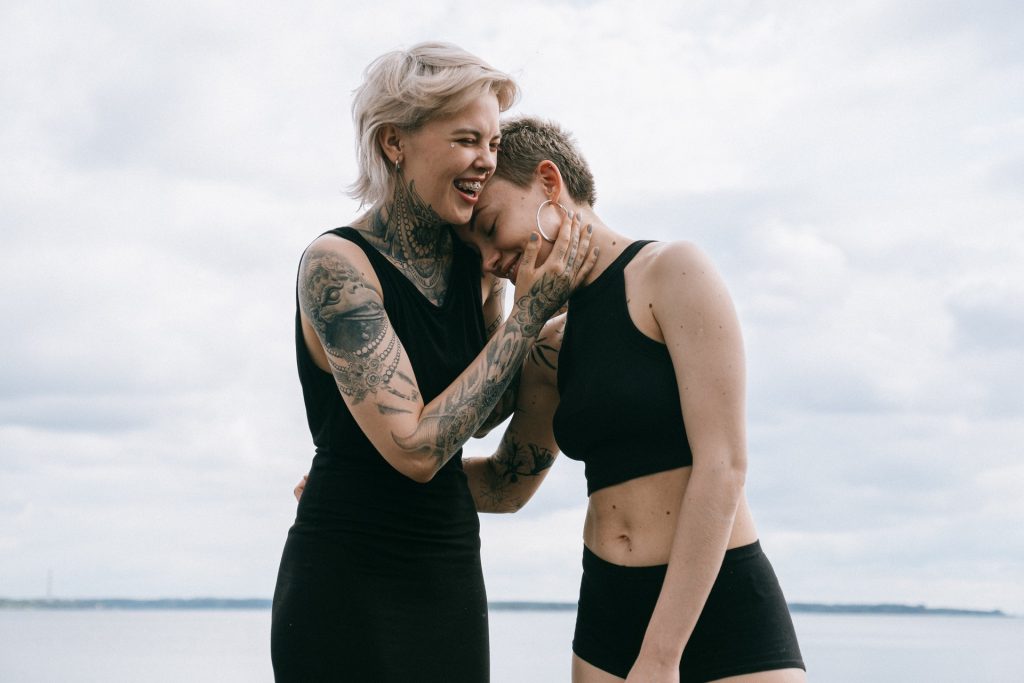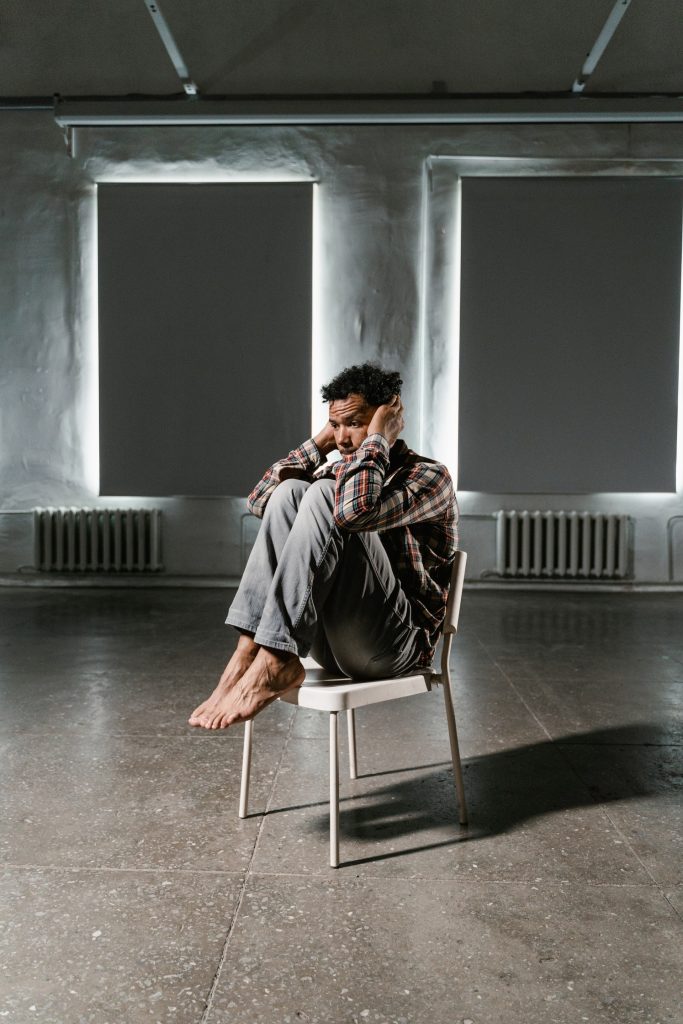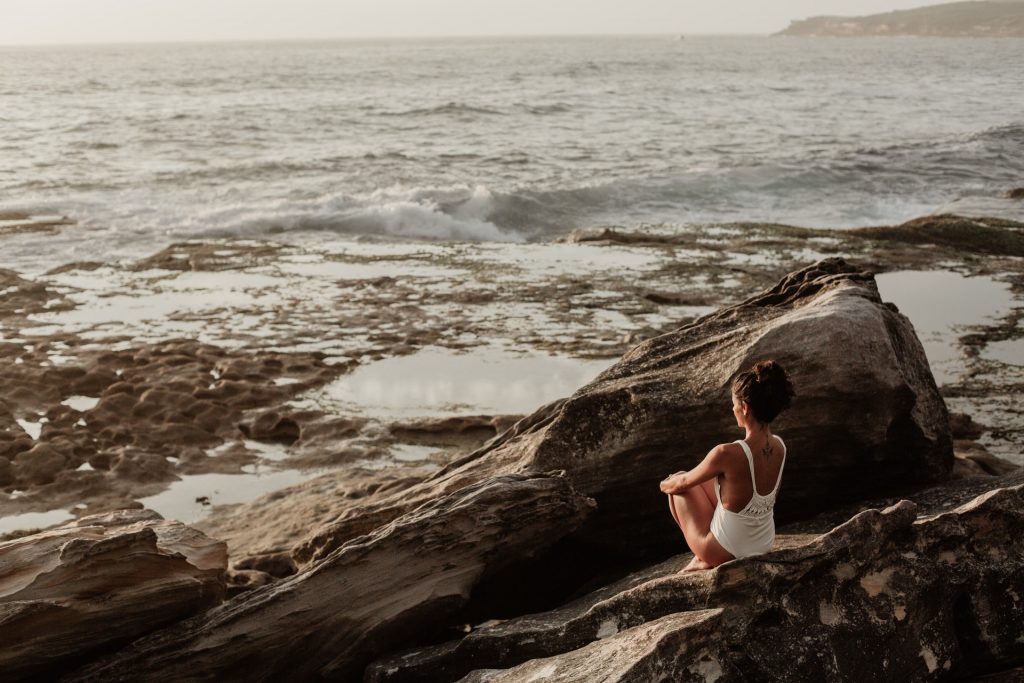How Emotions Form the Foundation of Our Beliefs

We all have beliefs. And the beliefs we hold will influence and direct our lives, whether or not they are in our best interest.
For example, we may think we are unattractive. Or that we're not very smart. Or that we're not capable of having healthy relationships with others.
Or maybe we think we're lucky to be alive. Or that we can achieve anything we set our minds to. Or that people are inherently good.
What's important to recognize, is that beliefs, in and of themselves, are neither true or false.
While we may feel strongly about something we believe in, our beliefs merely validate the reality of our own inner experiences. That's how we may disagree with another person. Because while we may perceive something as true - another person's inner experiences can differ from our own.

OUR DEEPEST BELIEFS ARE BOUND TO OUR STRONGEST EMOTIONS
Our emotions give rise to our thoughts. And in turn, our thoughts support and validate those emotions and further reinforces them. It's like a loop. It is through repetition then, that beliefs are created.
Beliefs are formed to help us understand and make sense of our experiences - both in the moment and as a filter for future experiences. For example, let's say we're feeling happy when we're in the presence of our significant other. Our mind then creates thoughts like "I am happy" or "I'm having a good time." If this happens over and over again, whenever we're with our partner, the repetition serves as a catalyst to form a belief, such as "I love my partner" or "my parter and I are such a great match."
Thus beliefs, at their core, originate from emotions. And it is the repetitive experiencing of certain emotions that form deeply-seated emotional patterns. These patterns can often exist outside of our conscious awareness.
For example, maybe when we were growing up, we had a parent that always told us that the world is an unsafe place and that we shouldn't trust others. As a result, we would experience the emotion of fear or instability. Repeated enough times throughout our childhood, we would develop the belief that the world is a scary place or that people are inherently untrustworthy. Even if we don't consciously remember being subjected to our parent's beliefs, the emotional patterning of fear and doubt would have been programmed within us.
These emotional patterns (or what I sometimes refer to as emotional conditioning) would then create a lens through which we experience all of our future experiences. In fact, our minds will tend to naturally gravitate towards seeking to validate our existing beliefs by focusing on thoughts, emotions and experiences that will further reinforce them.
BELIEFS CAN BE A SURVIVAL MECHANISM
Beliefs exist to not only help us to make sense of our current experiences - but at the same time, they also attempt to protect us when we encounter a similar situation in the future. For example, maybe we lived next door to an aggressive dog as a kid. From that point on, we may develop a belief that - all dogs are scary. And now, whenever we see a dog, we may feel intimidated or insecure. This belief could be seen as a survival mechanism that is intended to protect us and help keep us safe.
The problem is that not all beliefs we have are in alignment with our goals. They may not support (or they may even hinder) our ability to achieve our dreams or the vision we have for ourselves. For example, we may have the vision of being in a loving relationship. But if we believe we are unworthy of being loved, we will always find ways to avoid intimacy in relationships. This feeling of unworthiness likely didn't just suddenly rear its head during our most recent relationship. Instead, it is an emotional pattern that was conditioned into us, earlier in life. It merely just continues to affect us today.

CONCLUSION
It's important for us to recognize that it is actually emotions that form the foundation of our beliefs. And just as our emotions are neither good or bad, our beliefs are neither true or untrue. We just have to become aware of whether our beliefs are actually taking us in the direction we wish to go.
And if they're not. If they're self-limiting beliefs, then we have to find a way to change them. To shift them so that they begin aligning with what we wish to create.
This begins with identifying and evaluating your beliefs - and examining whether they are actually serving your best interest or not. In this way, we can determine whether our beliefs (and their underlying emotions) are actually supporting us in creating both the inner and outer experiences we wish to have in life.
